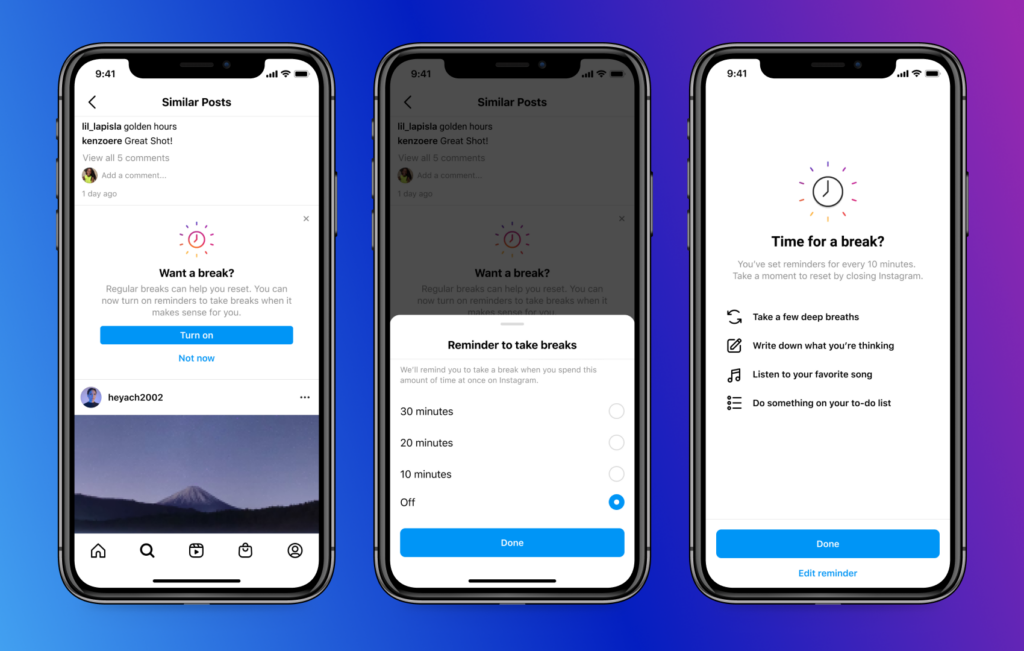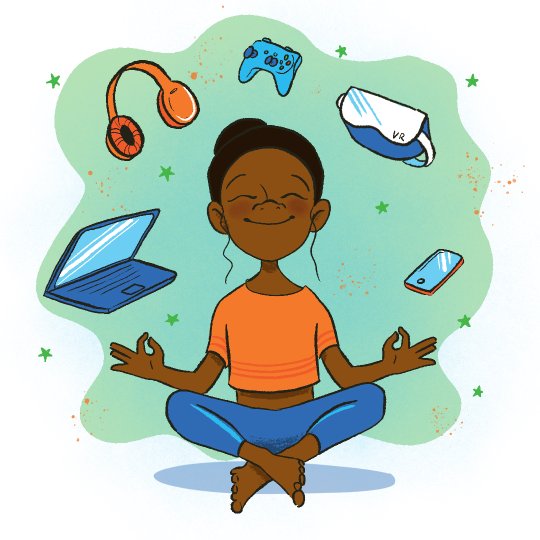Category: Uncategorized
-
Blog 3 – Digital media and collective action
Imagine you are an activist for a social movement. Describe how you would use digital media to promote your cause, backing up your choices with information from the required readings, the suggested readings, and high-quality sources you find on your own.
-
Blog 2 – Data-driven marketing
Reflect on how data driven digital advertising and marketing shapes individuals, for better or worse. Use specific examples of specific adverts or digital marketing campaigns to illustrate your key points.
-
Blog 1 – Digital well-being
Reflect on whether social media is good or bad for users’ well-being. Use examples that reference the design of platforms, their business models, and the type of practices and content they host.

Introduction – Outline effects of social media, using Instagram as an example.
Positive effects of social media on users’ well-being:
- Increased social connection – Possibility of global connections, stay in contact with family/friends.
- Creativity – Able to share art and ideas. Gain inspiration from other creators.
- Education – Become aware of global issues, politics and social movements.
- Source of comfort – Niche communities, shared experiences. May allow people to feel less alone.

Negative effects of social media on users’ well-being:
- Designed to be addictive/entice users to scroll – Personalised algorithm.
- Sociotechnical scripting – Reinforces biases/standards of society.
- Impact on mental health – Self-comparison, anxiety, depression, loneliness, overwhelm.
- Disconnection from reality – Too much time online.
- Reinforces beauty standards – influencers’ “perfect” lives. Impossible to live up to.
Ways to reduce this effect:
- Screen time limits and reminders.
- Pressure on the user to be more mindful, rather than the social media platforms taking responsibility.
Conclusion
References
-
Blog One: The Neoliberal Responsibilization of Social Media Wellbeing
Reflect on whether social media is good or bad for users’ well-being. Use examples that reference the design of platforms, their business models, and the type of practices and content they host.

Mosseril, A. (2021) Raising the Standard for Protecting Teens and Supporting Parents Online [image]. Instagram, Available at: Instagram Blogs (Accessed: 18 March 2025). Social media is bad for users wellbeing because:
- The design of social media is addictive
- Personalization algorithms
- Alerts/Endless notifications
- Infinite Scroll/Autoplay
- Ephemeral content
- Reels, short formats
- Social validation (Likes and Shares)
- Social comparison
- Gamification of life
- business models that prioritise the sale of valuable user data
- data mining
- type of content posted: teens self esteem on instagram
- Increased social media = heightened levels of depression, anxiety, loneliness, insomnia, overwhelm and declined subjective well-being.
- Conversely, has also been linked to increased feelings of social connection and eudaimonic well-being.
- social media practice of self-responsibilization
- social media companies are placing the responsibility of using their addictive platforms in a productive manner on us, despite knowing the flaws of their own system
However, there are goods on social media
- community made posts with calming, non-stimulating video and audio reminding other users to ‘take a break from scrollibg’
- however as this style of posts and the desire to stop the generation wide habit of doomscrolling goes, the industry of ‘getting off of your phone’ becomes more profitable. malicious side to this seemingly innocent trend
- The design of social media is addictive

